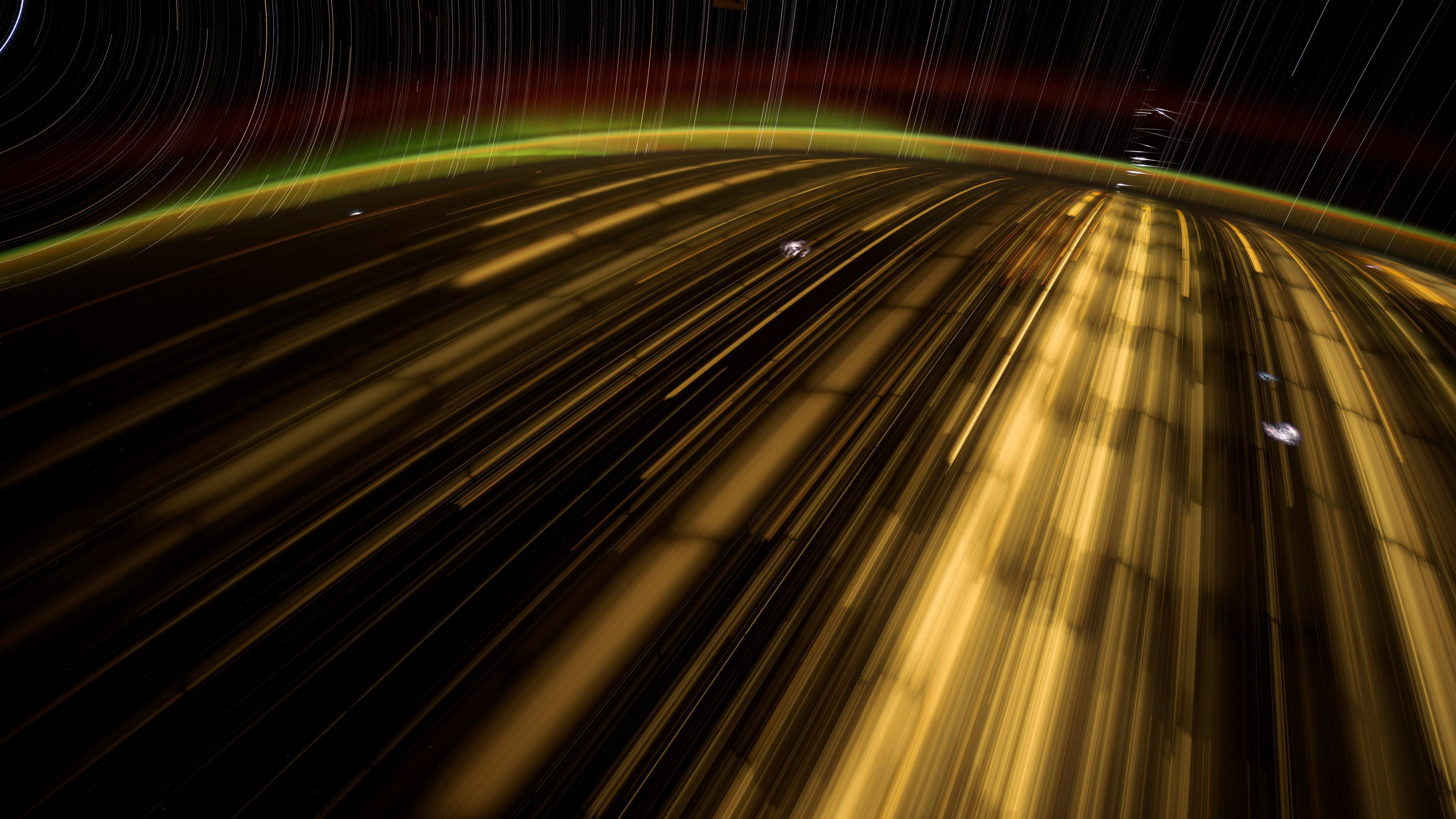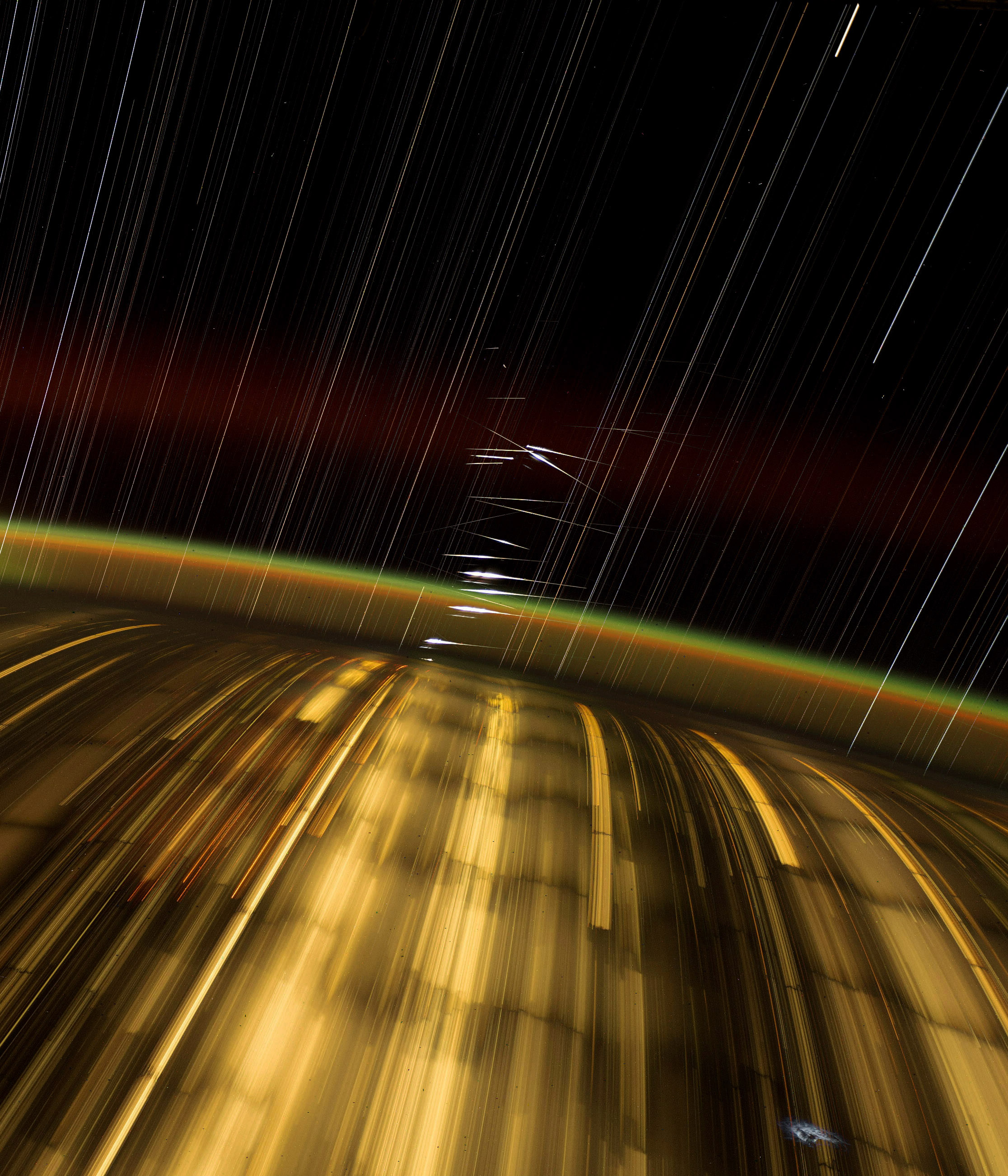
A veteran NASA astronaut caught SpaceX satellites in action from the space station.
NASA astronaut Don Pettit snapped shots of some SpaceX Starlink satellites from the International Space Station (ISS) recently, capturing them as bright white flashes in his timelapse photography. Pettit said on X, formerly Twitter, that these flashes are only visible from space and are not directed at Earth.
"Starlink satellites look like a miniature version of the monolith from '2001: A Space Odyssey,' where the large flat face of the monolith points towards Earth and the solar panel protrudes outward like the fin on the back of a dimetrodon," Pettit wrote Nov. 15. (A dimetrodon is a large, spined animal that was around during the time of the dinosaurs.)
Pettit, on his fourth trip to space, called the Starlinks "strikingly bright from orbit," but noted that the flashes that he saw are not directed at Earth.
Related: 'Spaceborne': Astronaut Don Pettit's amazing space photos (gallery)
There are more than 6,600 active Starlinks in low Earth orbit at various altitudes and inclinations. Each satellite has a lifespan of about five years, and SpaceX eventually hopes to have as many as 42,000 of the spacecraft aloft eventually.
Astronomers have voiced concern about the brightness of the satellites in the Starlink megaconstellation. SpaceX has taken steps to dim them, including changes to their orientation and coating, but the worries persist.

Pettit added in his X post that the Starlinks were only visible in certain conditions from the ISS, as "wonky streaks" of light.
"This time exposure shows wonky streaks flashing ISS. These are Starlink satellites reflecting pre-dusk or pre-dawn sunlight off their solar panels," he said. "They are only seen from 5 to 18 degrees preceding or trailing the sun.'"







